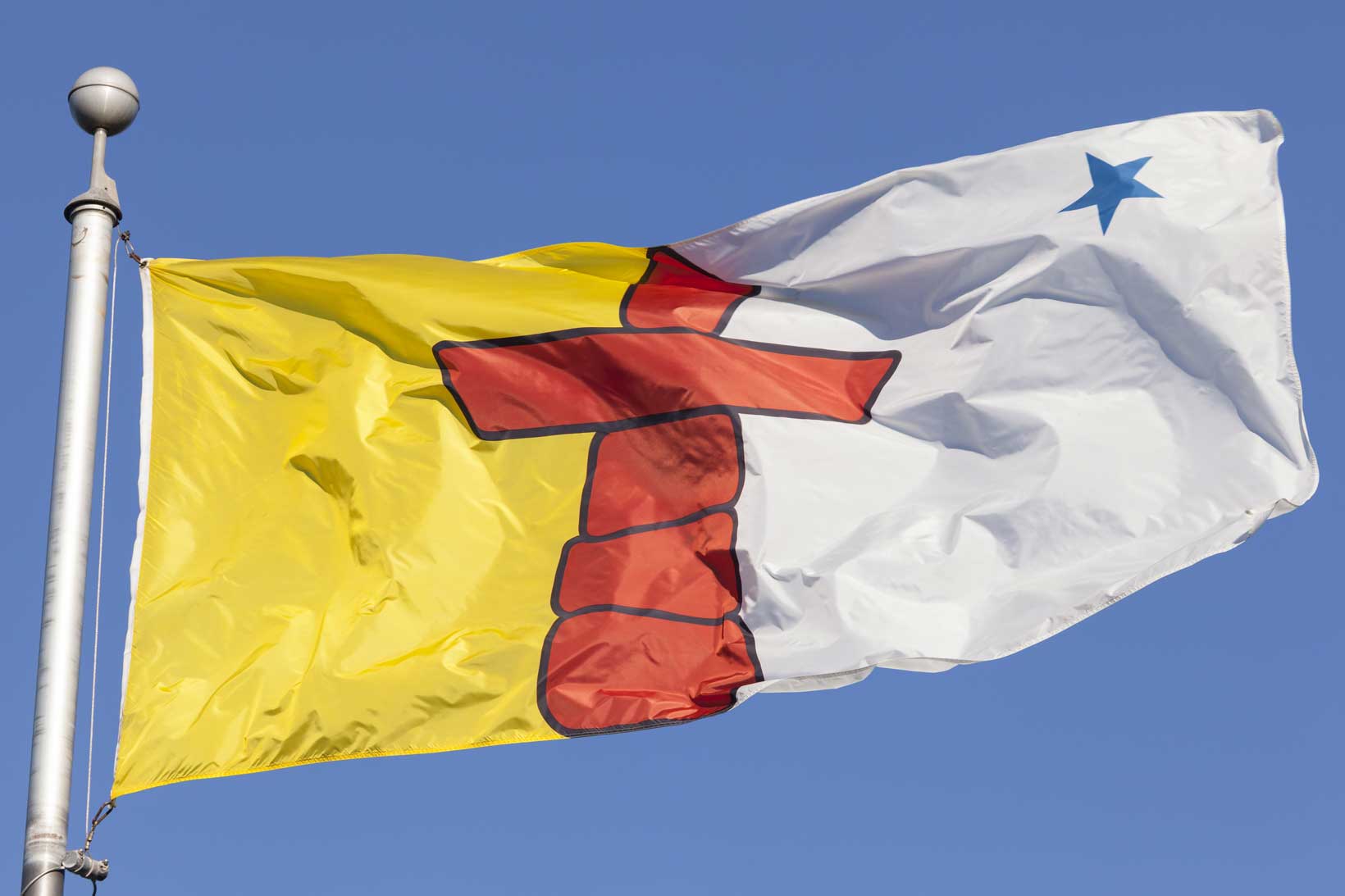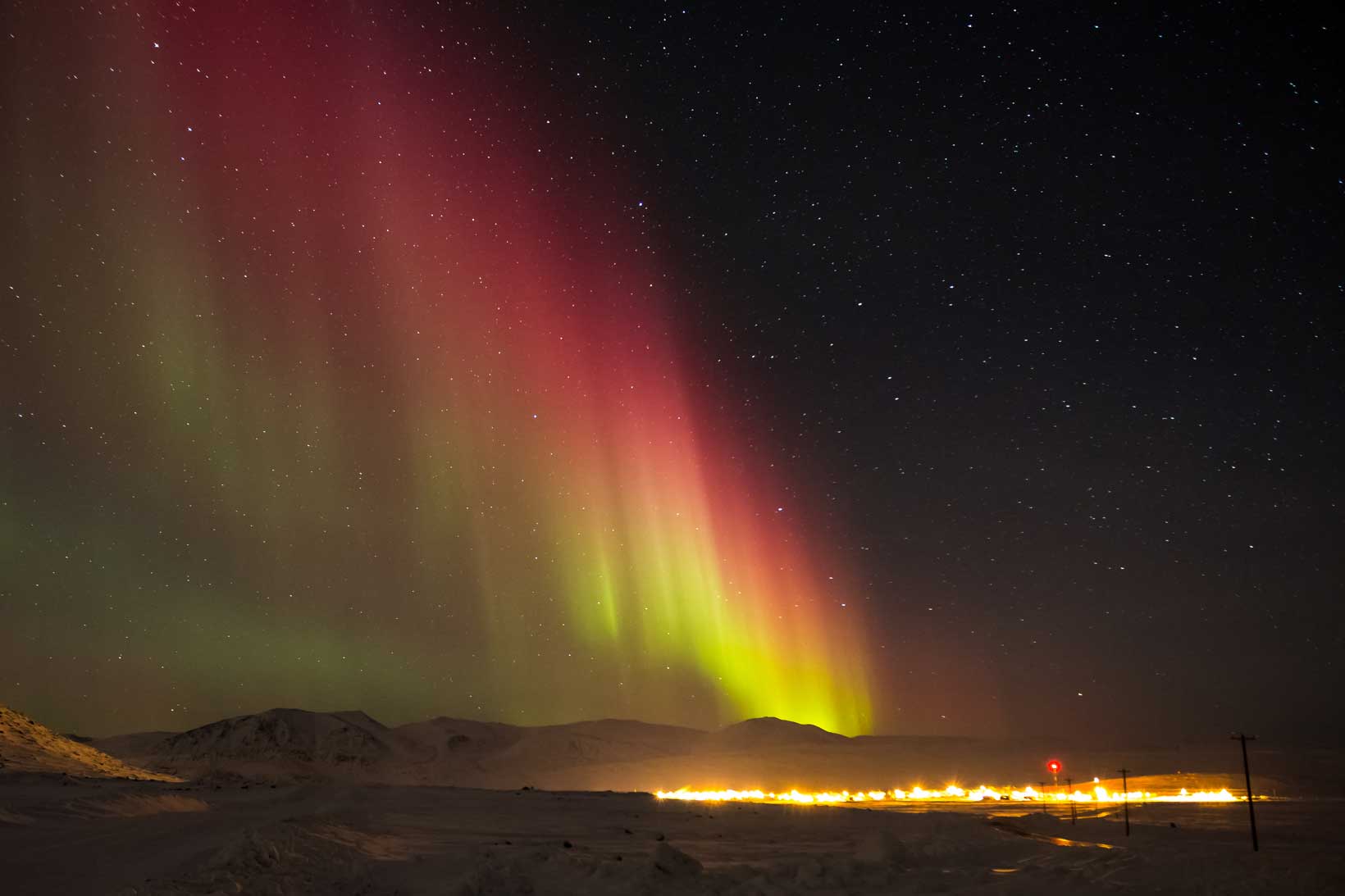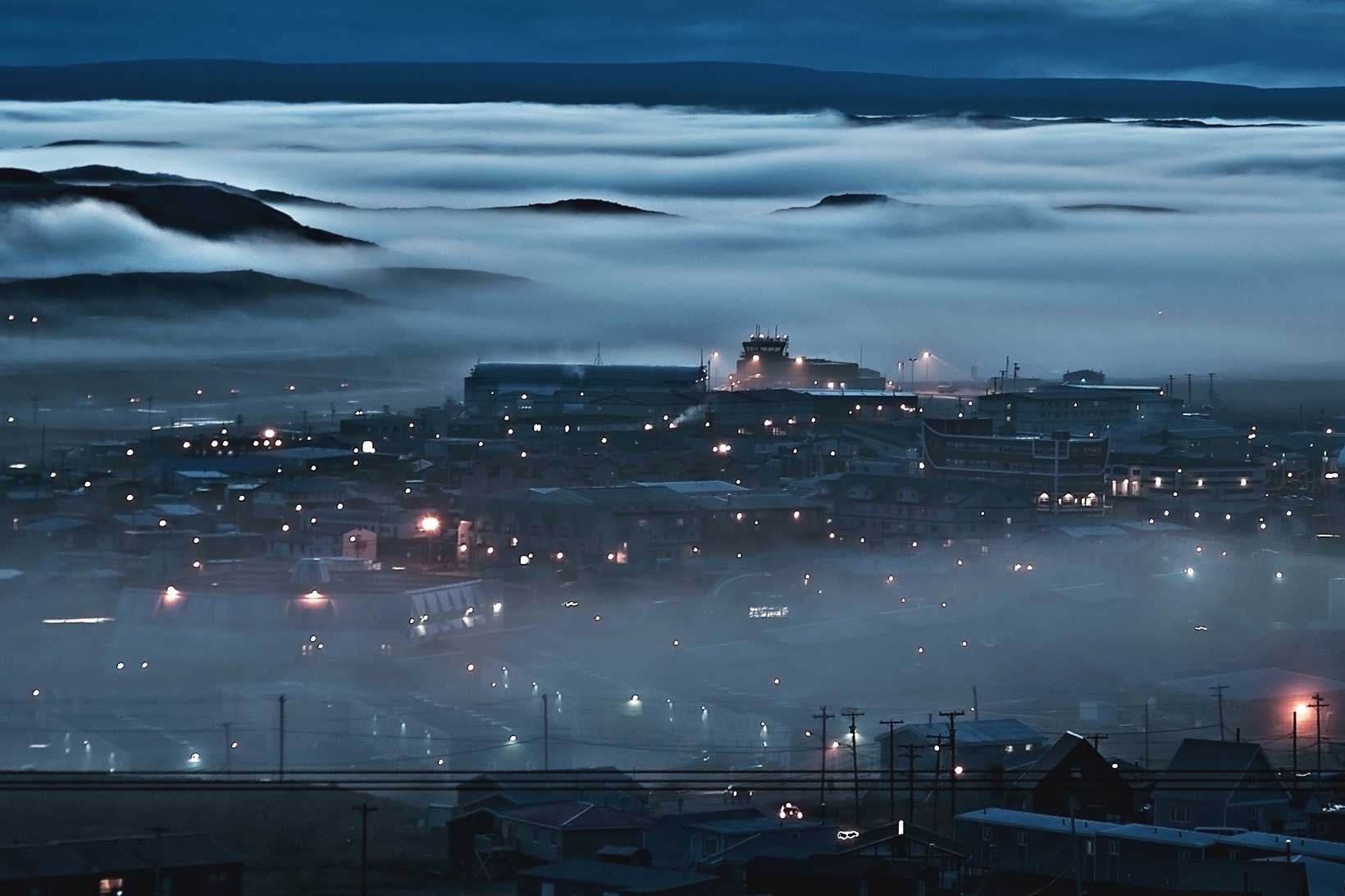The Arctic is experiencing significant changes to its environment which will present challenges and new opportunities. These fishing boats in Ilulissat harbour, West Greenland illustrate the growth in the fishing industry in this region. Discover more about how scientists record existing changes and are projecting how this region might change in the future.
‘Prediction is very difficult. Especially about the future.’
Niels Bohr. A Nobel Prize winning physicist
The 2017 Snow, Water, Ice and Permafrost report described a series of likely impacts of climate change on the Arctic region and beyond. These are summarised in the previous section and you can download a factsheet to find out more.
Further information about what the future might hold for the Arctic circumpolar region is available in the book written by Laurence Smith, a Professor of Geography and Earth Sciences ‘The New North: our world in 2050’.
Physical changes affect ecosystems
The herding of reindeer has always been a vital part of the existence and culture of the peoples of the North, for example the Sami people of Finnish Lapland. However, climate change is making this way of life increasingly difficult. Rain replacing snow during the winter months causes a crust of ice to form over the snow. Usually, reindeer feed on lichen under the soft snow, but they are unable to smell the lichen through this crust, nor are they able to dig through it to reach their food source. This can result in whole herds of reindeer starving to death.

Some communities have migrated to new areas where the problem is less common, but it is thought that only 10% of Sami people are still involved in reindeer herding. Will environmental change herald the end of an entire culture?
- Read more in this Independent article from 2017 – Climate change in Lapland: The impact of global warming in the land of Santa Claus, which also explains the potential impacts of climate change on the Lapland tourism industry.
Accessibility and transport
People have traded commodities including furs and precious metals along the frozen routes of Alaska for centuries.
Frozen rivers and sea ice have offered an easy route through what is otherwise mountainous terrain with many inlets to add lengthy detours to any journey. Higher temperatures make some of these routes unsafe, making journeys more difficult and dangerous. They melt earlier and freeze later, and are destroyed by permafrost thawing and frost heave.
The availability of GPS (Global Positioning System) has made navigation much easier in a landscape with few landmarks, and a limited permanent road network.
- Why might a compass be of little use for navigation in this part of the world?
Nunavut
Some of the cities of the North are likely to attract more people as temperatures warm, which will make them more habitable. The relatively new Nunavut territory is an example of a location which is growing rapidly.
Aaju talks about establishing Nunavut
Nunavut’s population growth is the fastest of any Canadian region and it is also much younger on average than the rest of Canada, so is likely to continue this growth. In the town of Iqaluit there is even a housing shortage.


Iqaluit, capital city of Nunavut
Iqaluit is the capital city of the Canadian territory of Nunavut. It sits on vast Baffin Island in Frobisher Bay. The island is known for its ice-capped mountains and tundra valleys. Near the city, Sylvia Grinnell Territorial Park is home to caribou and Arctic foxes. Qaummaarviit Territorial Park, on a tiny island near the city, contains archaeological remains of the ancient Thule people.
Aaju talks about the Inuit language
Aaju talks about the Inuit language, living in the Arctic, and how Iqaluit got its name.

Iqualuit benefits and problems
- Look at the following factors which relate to life in and around Iqualuit, Nunavut. Some of them are benefits, others are problems. Sort them appropriately.
| Nunavut is as big as Mexico, but has few settlements, and a very low population density. | Housing is in short supply, and is therefore expensive to rent. |
| Nunavut has a birth rate of 25 per 1000 | Job opportunities are increasing. |
| More than a third of Nunavut’s population is under the age of 15. | The indigenous population are able to improve their involvement in the nation more than previously. |
| Iqaluit used to be a Cold War US Air Force base and has grown dramatically since. | Food prices are very high, and are rising rapidly. Transport costs add a large premium to the cost of all products. |
| Some of the population of the town have problems with alcohol and drug abuse. | The main transport network relies on ice roads, which are becoming increasingly unreliable due to climate change. |
| Increased meltwater could mean extra opportunities for HEP schemes. | Contaminants that have been trapped in the snow could be released and find their way into water supplies. |
| Coastal communities are facing increased coastal erosion as the coastline thaws, and loses its shore-ice protection. | Some new buildings now have air conditioning – this was never fitted previously. |
Investigate Iqaluit
- Overall, do you think the area is benefiting from this rapid growth of population?
- What further changes should local politicians be preparing for?
- Find out more at the City of Iqaluit website